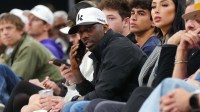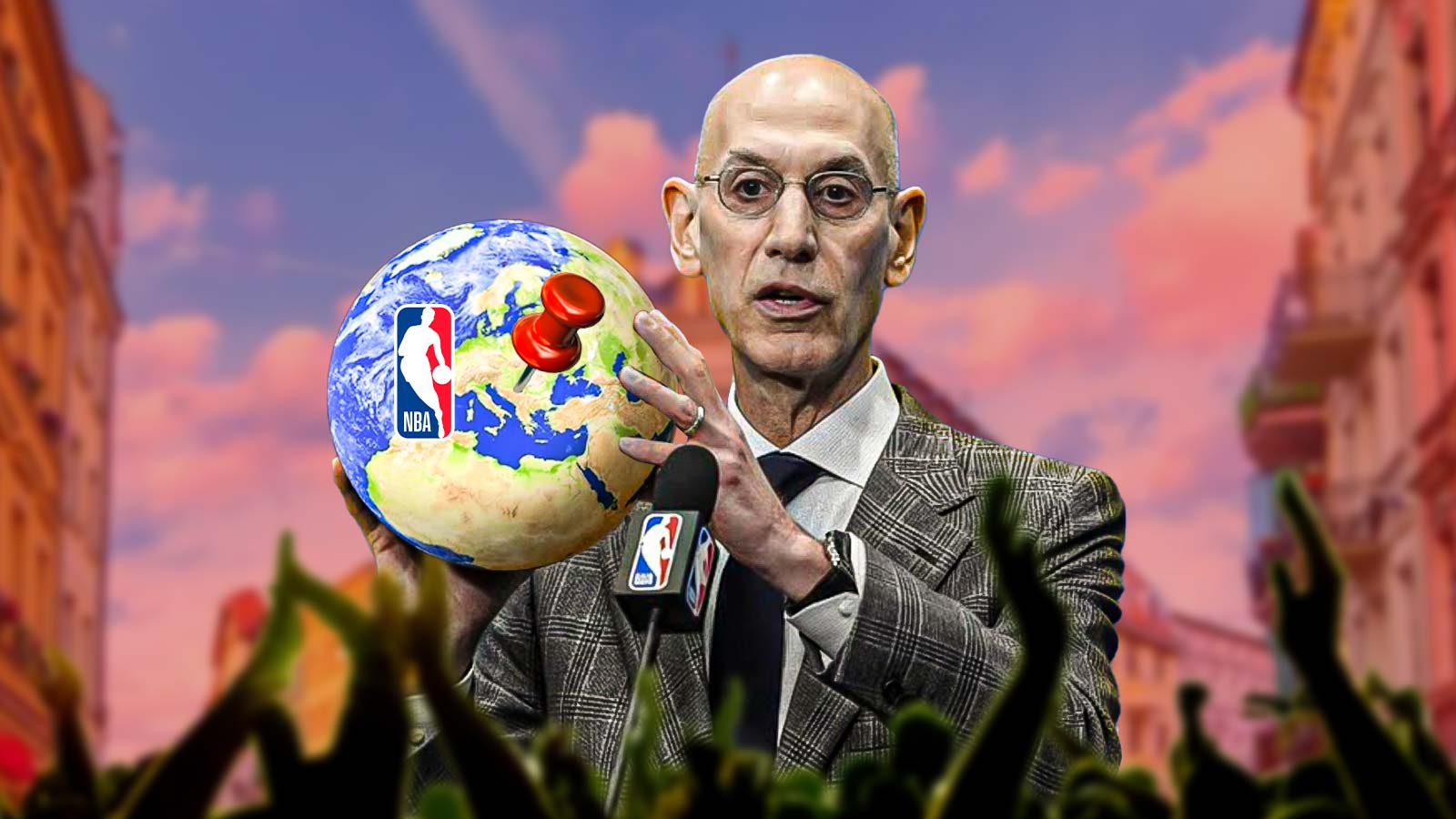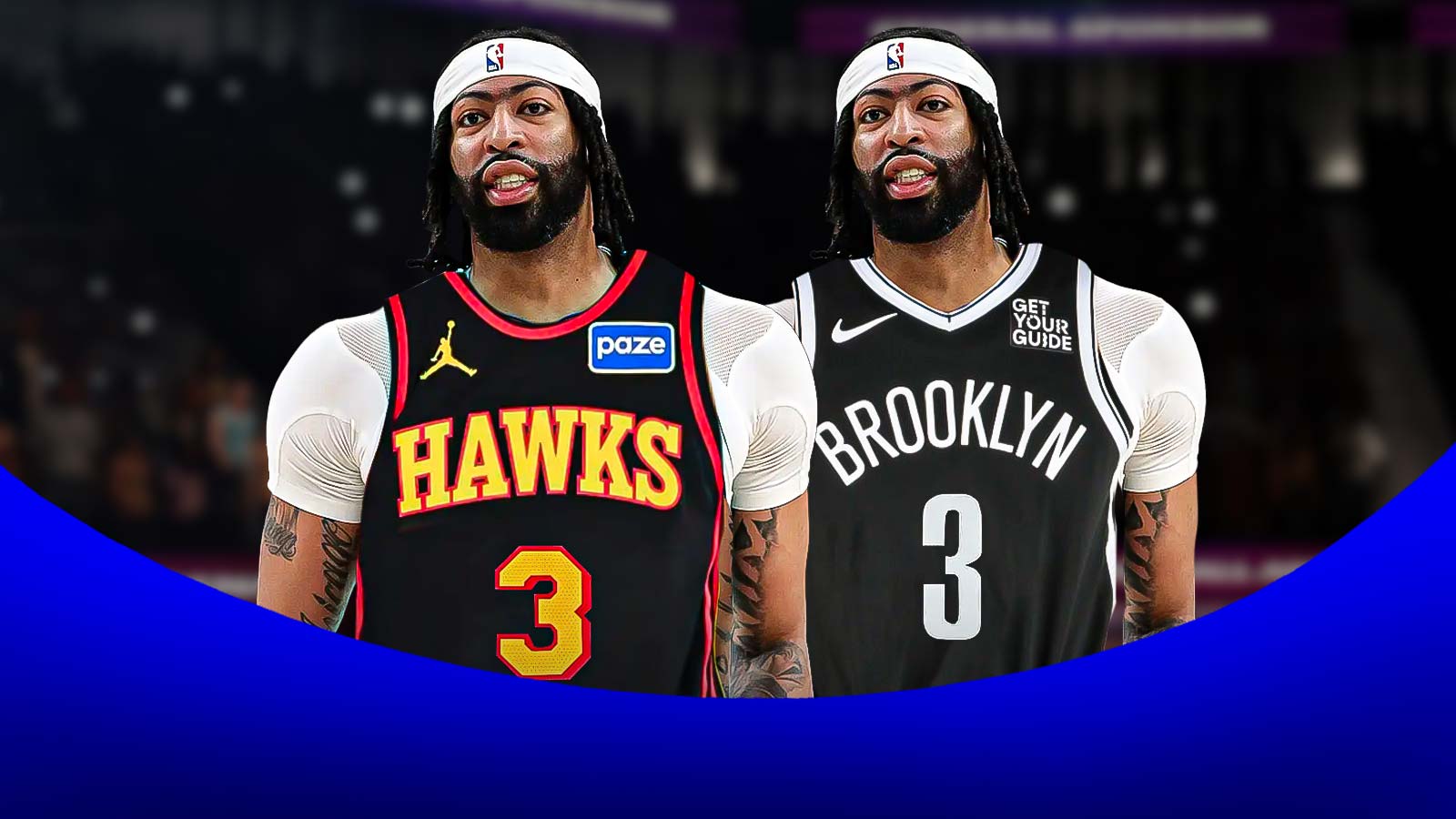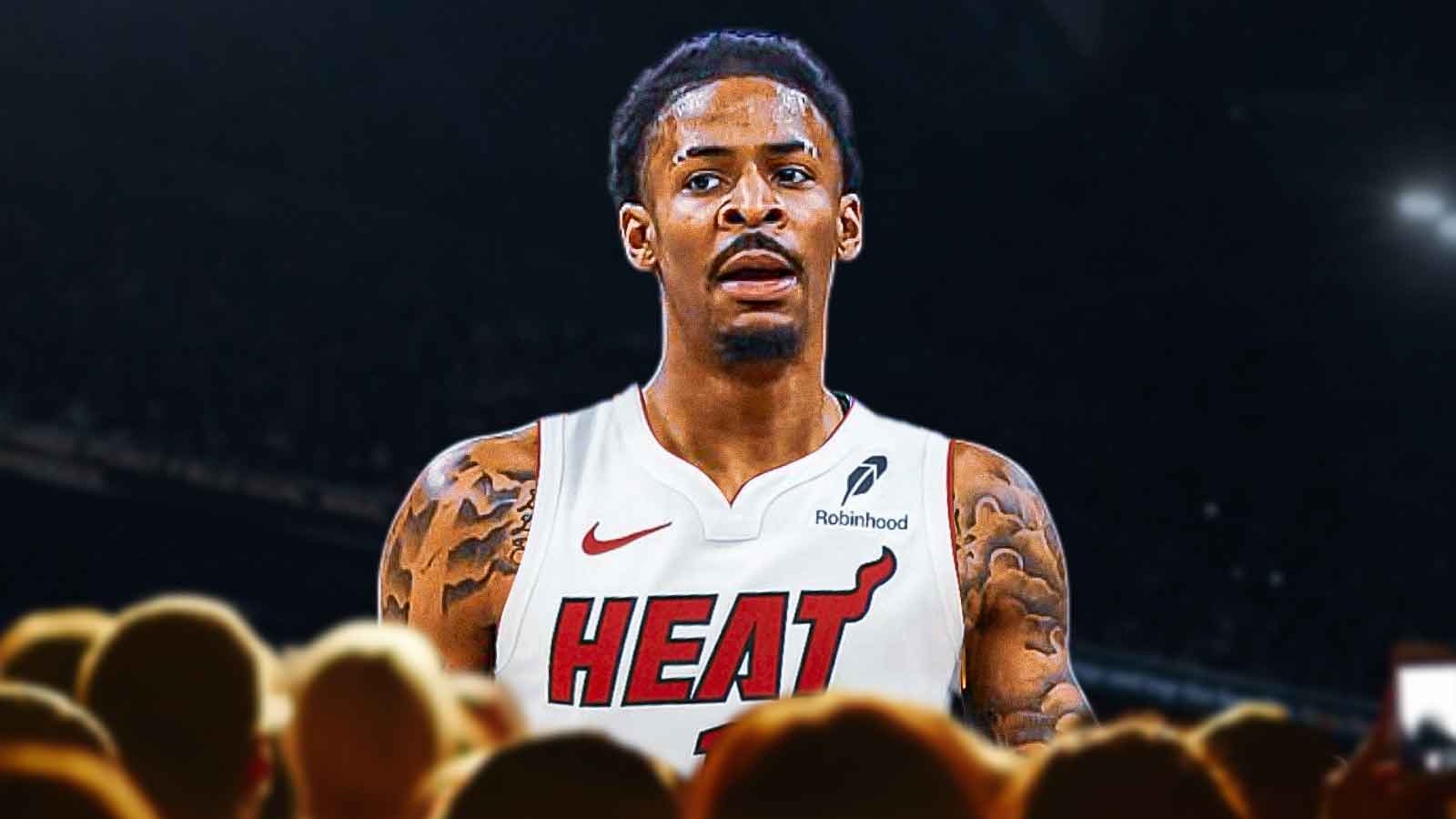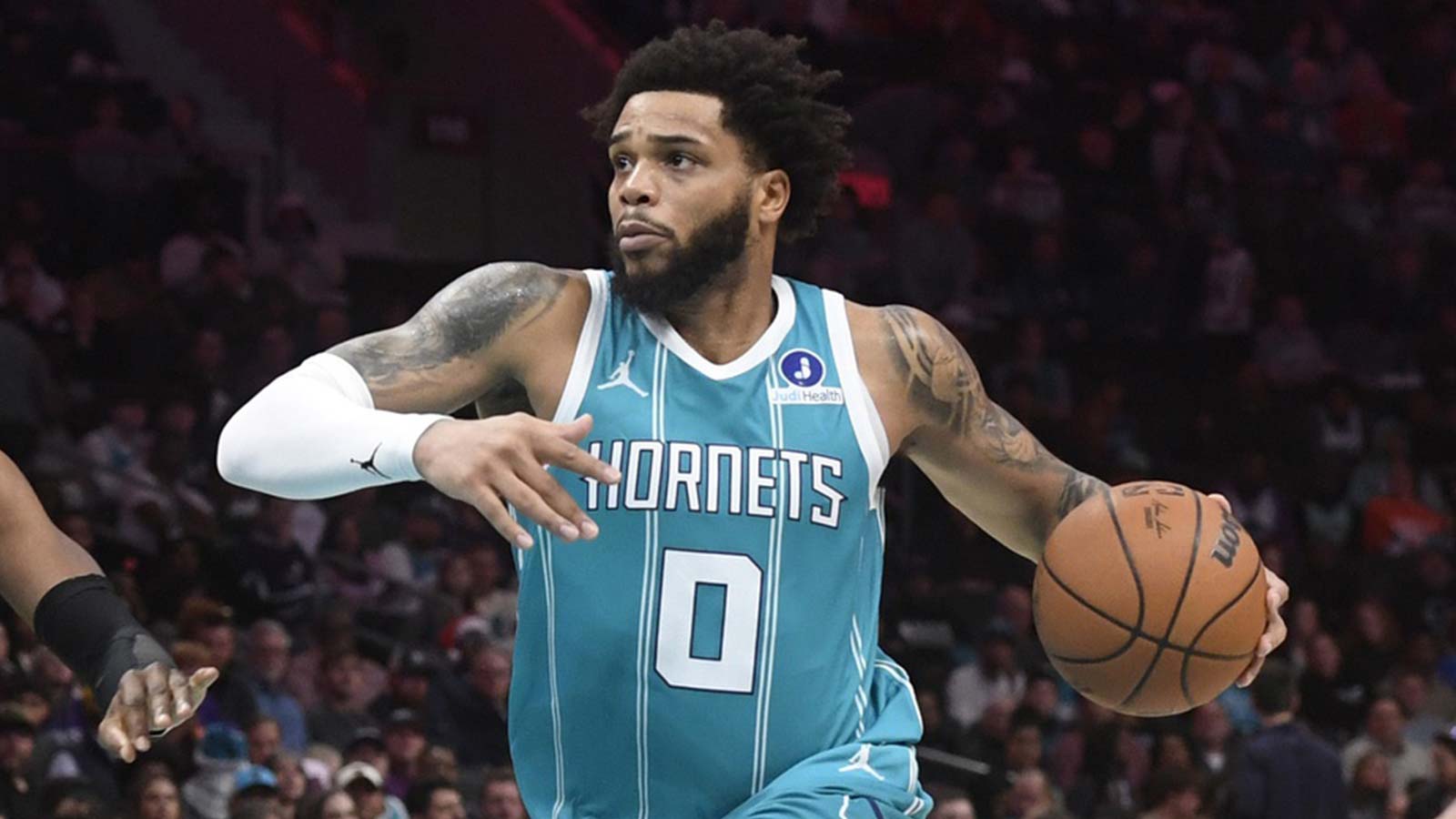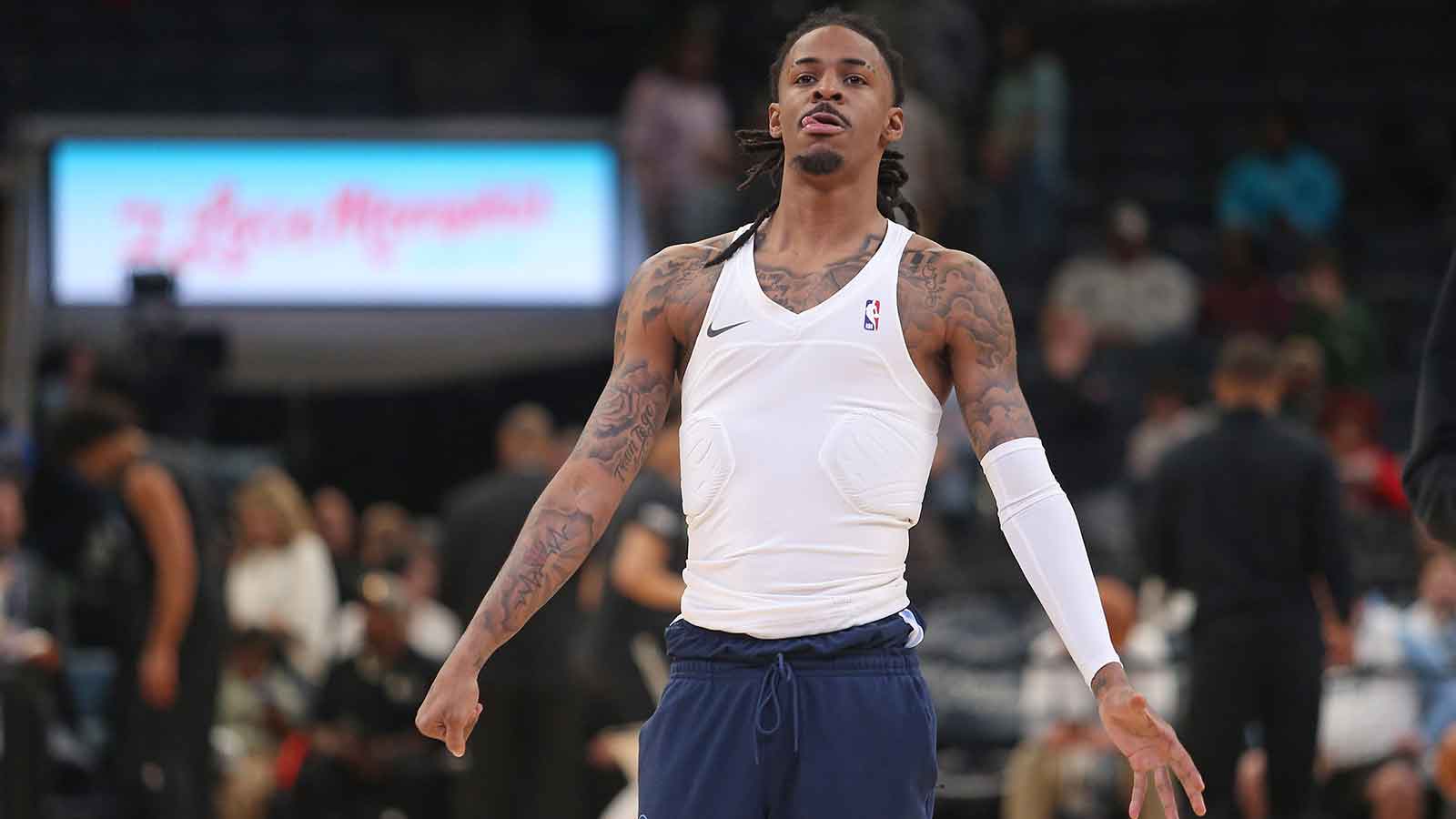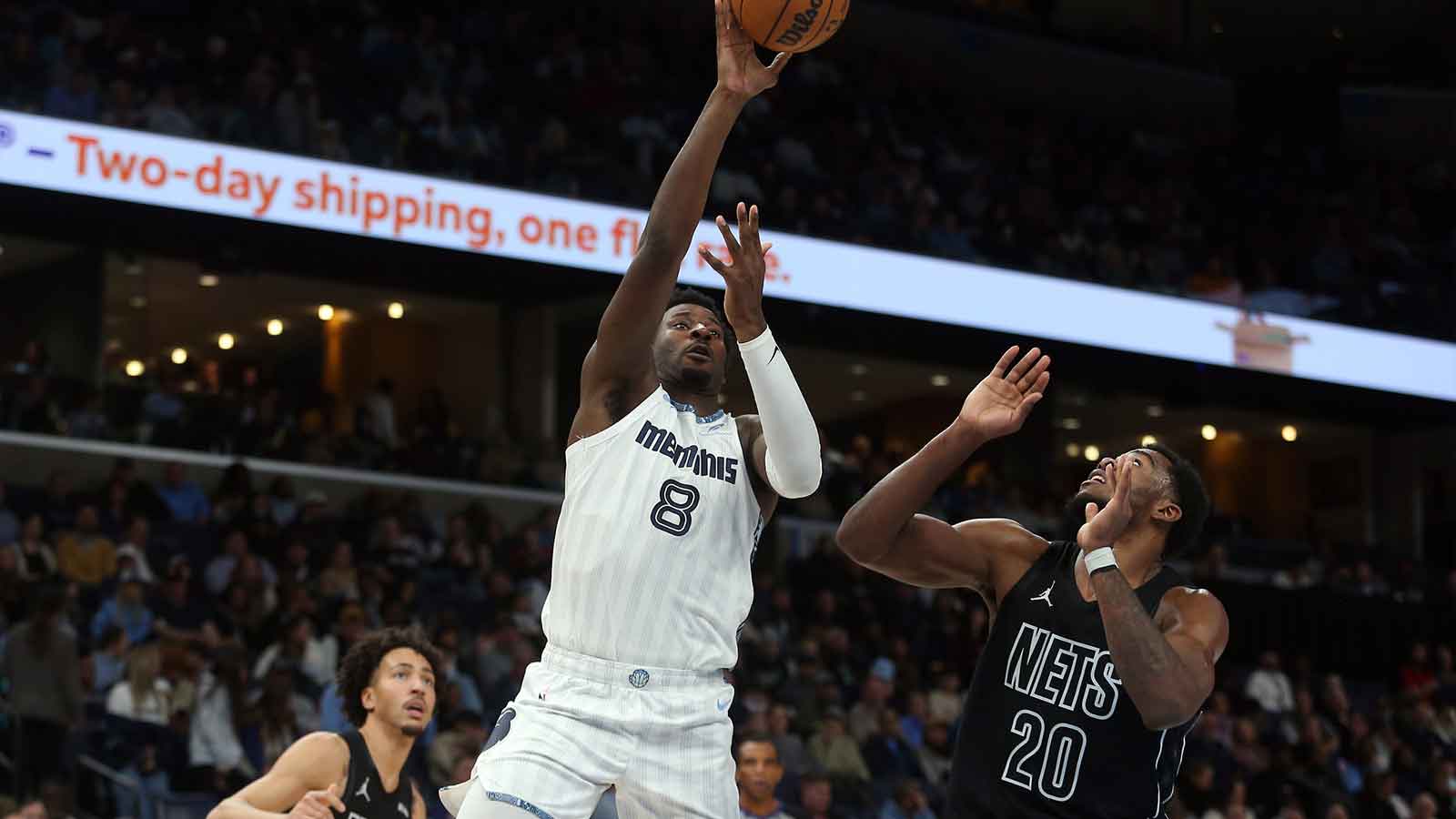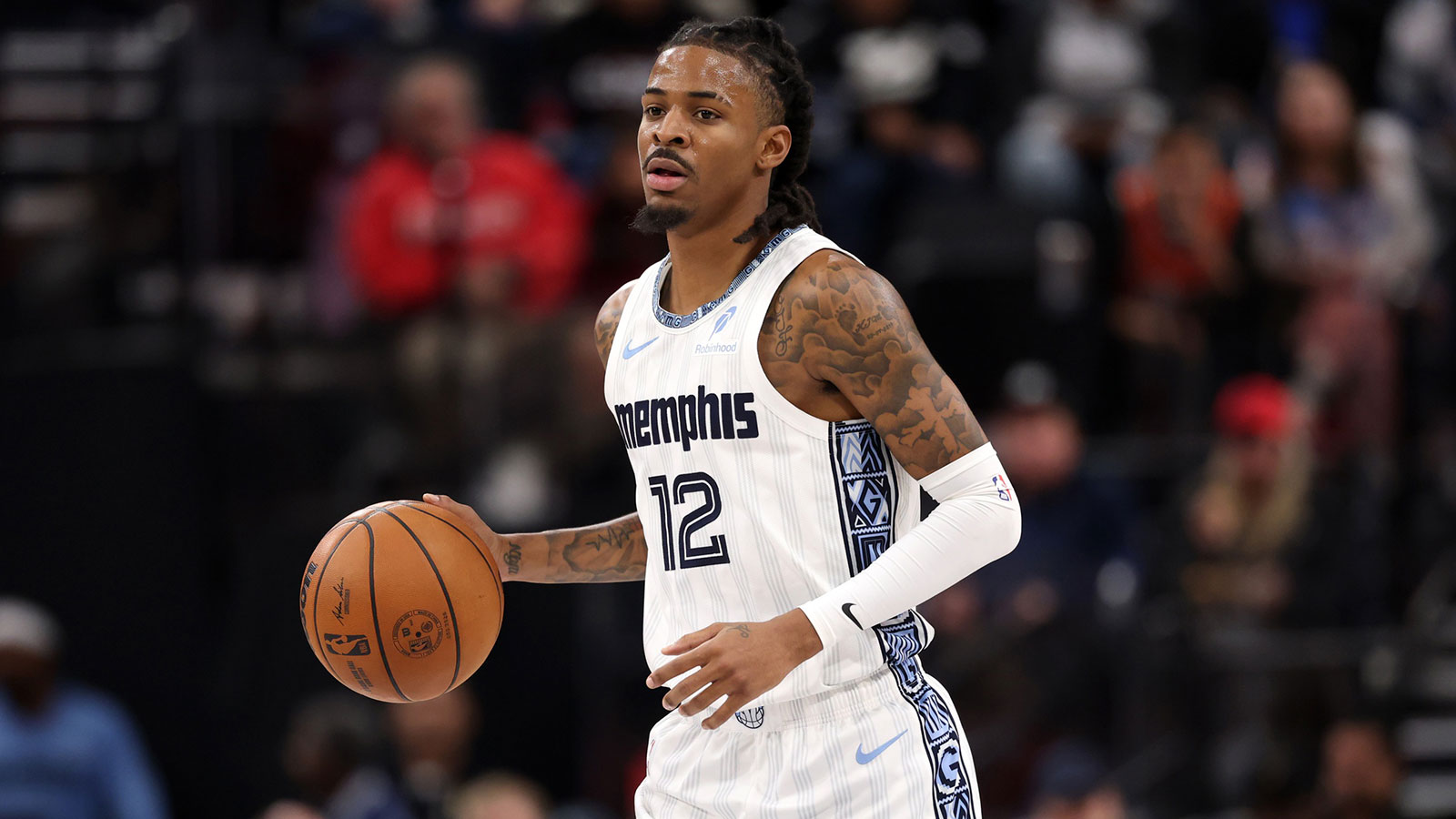The Dream Team in 1992 is widely considered to be the greatest basketball team ever assembled. There isn't much debate about that and there's no reason for any. That team had Michael Jordan, Magic Johnson, Larry Bird, Karl Malone, Patrick Ewing, David Robinson, among a host of other all-time greats. It's hard to argue against that roster.
But the second-best team of all-time is subject to debate. The two teams you'll hear most in this conversation are the 1996 Dream Team and the 2008 Redeem Team. There are arguments for both sides, but when everything is considered, the 1996 Dream Team deserves the silver medal for the greatest basketball team ever assembled.
Following the embarrassing bronze medal finish in 2004, the 2008 Redeem Team was on a mission to bring USA Basketball back to where it belongs. While their run to a gold medal makes for a better story, the 1996 team was far more talented from top to bottom.
Youth vs. Experience
When FIBA decided to allow NBA players to compete in the Olympics, the landscape of international basketball changed forever. From 1992 on, each USA Basketball Team was a collection of All-Stars, Hall of Famers, and all-time greats. This is no different for the 1996 Dream Team or the 2008 Redeem Team.
The biggest difference between the two teams is the fact that the 1996 team's best players were in the prime of their careers. Conversely, some of the 2008 team's were beginning to hit their primes, but they lacked the experience of the 1996 team. Jason Kidd was the lone player over the age of 30 on that team and a majority of the team's biggest contributors were 26-years-old or younger.
The 1996 team was made up of seasoned veterans, a majority of which were still in the primes of their career. The 2008 team is certainly capable of upending the 1996 team, but in a tightly contested game, it would be safer to bet on the team with the experience.
Dominant Inside
Outside of maybe the original Dream Team in 1992, no team in history would have been able to match up with the big men on the 1996 team. The centers alone would pose a consistent problem for any team's front line. The three centers on the roster were David Robinson, Hakeem Olajuwon, and Shaquille O'Neal. A rotation of these three alone would be too much for any team to overcome.
The Redeem Team's centers consisted of a 22-year-old Dwight Howard and a 24-year-old Chris Bosh. These two could certainly hold their own, but the front line of the 1996 team would overpower this unit as the game went on.
And the front line was more than just the centers on the roster. Karl Malone and Charles Barkley were the power forwards on the squad. The only true power forward on the 2008 team was Carlos Boozer. LeBron James, Carmelo Anthony, and Tayshaun Prince were all small forwards on the roster, but the duo of Malone and Barkley would bully this unit on the inside.
https://www.youtube.com/watch?v=mdM049s3Md0
Perhaps a frontcourt without a stretch big would look odd in today's game, but at the time this frontcourt would be virtually unstoppable. Even with a more modern approach to the game, the 2008 squad's frontline was one of their weaknesses. Conversely, the frontcourt is the biggest strength of the 1996 Dream Team.
Over time, this would wear down whoever the 1996 team was playing.
Final Thoughts
Of course, every Team USA Basketball team could enter the conversation for the second-best team of all-time. There is far too much talent on the roster every four years to completely write off anyone. Even the disastrous team in 2004 could give anyone a run for their money on any given night.
But if you are ranking the greatest teams off all-time, the 1996 Dream Team deserves to be second on the list, followed closely by the 2008 Redeem Team.



